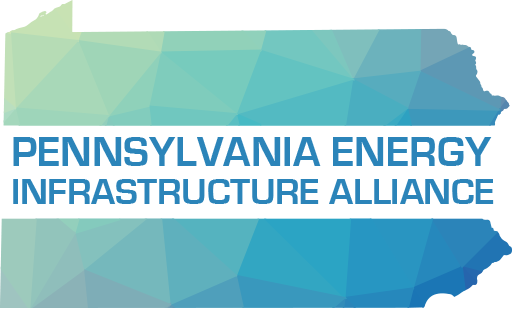For the second time in a little more than a month, the Pennsylvania Public Utility Commission today voted to approve the restart of Sunoco’s Mariner East 1 pipeline, ending a three-week shutdown that began May 24 after a highly questionable ruling by a PUC administrative law judge.
The pause on construction activities on the Mariner East 2 and Mariner East 2X pipelines in West Whiteland Township, Chester County, remains in effect. Work on those projects was halted as the result of that same ALJ ruling. The PUC today deferred ruling on those lines, giving Sunoco 20 days to submit additional information for review.
The recent shutdown of ME1 was an issue of serious contention.
The PUC voted unanimously on May 3 to restart ME1 after its Bureau of Investigation and Enforcement recommended restarting the line, noting that it is “of the opinion that the integrity of the ME1 pipeline has not been compromised by the soil subsidence events that triggered this investigation, and consequently I&E does not oppose SPLP’s request to resume transportation service on its ME1 pipeline.”
The ALJ’s decision to shut down ME1 ran counter to that finding and to other decisions regarding a pipeline that has been thoroughly vetted and for a project where 94 percent of the mainline construction is already complete.
In response to this latest PUC ruling, please find copied below a statement from the Pennsylvania Energy Infrastructure Alliance. Feel free to quote me, Kurt Knaus, as PEIA spokesman:
Statement:
“The restart of Mariner East 1 is good news for an energy market that has been constrained by bottlenecks caused by insufficient infrastructure and compounded by this latest shutdown of a major energy thoroughfare through the region. The PUC conducted an exhaustive investigation to demonstrate the safety of Mariner East 1, so we applaud the commission for standing by its original decision and once again approving the line for operation. We remain hopeful that, in the coming weeks, after additional information about the other lines is submitted, work will commence there as well. The continued favorable legal opinions and years of public hearings and intense regulatory review combine to make this one of the most highly scrutinized public works projects in Pennsylvania.”
